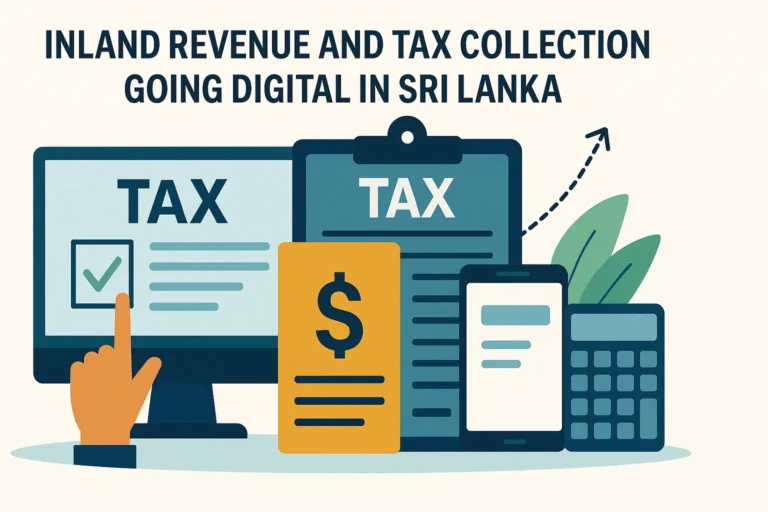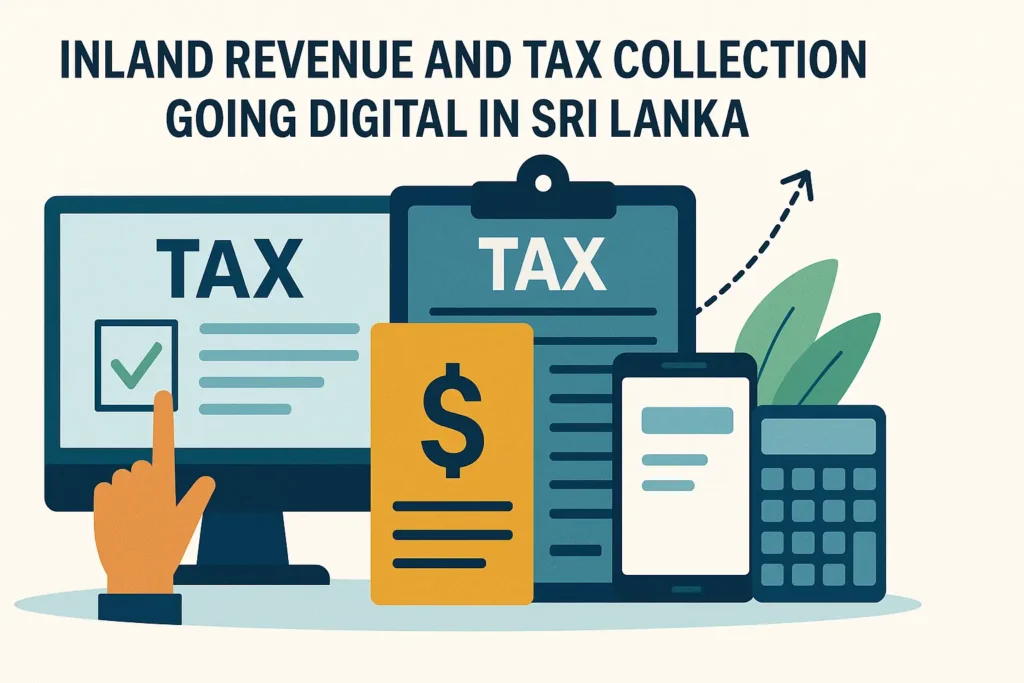Introduction
Sri Lanka, a vibrant island nation with a population of over 21 million, has been striving to boost its economic growth and development. One of the most significant catalysts for this transformation has been the comprehensive reforms in the electricity sector, engineered by the government. These reforms have not only ensured a stable and reliable power supply but have also driven economic development, creating a ripple effect across various sectors. This blog post delves into the pivotal role these electricity sector reforms have played in spurring economic growth in Sri Lanka.

Historical Context
Before diving into the reforms and their impact, it is essential to understand the historical context of Sri Lanka’s electricity sector. For many years, the sector was plagued by inefficiencies, outdated infrastructure, and frequent power outages. The high dependency on imported fossil fuels for electricity generation also made the country vulnerable to global oil price fluctuations, leading to high electricity costs and supply uncertainties.
Recognizing the critical need for change, the Sri Lankan government embarked on a series of reforms aimed at modernizing the electricity sector, enhancing efficiency, and promoting sustainable energy sources.
Key Reforms in the Electricity Sector
1. Regulatory Reforms
One of the foundational steps in reforming the electricity sector was the establishment of a robust regulatory framework. The Sri Lanka Electricity Act of 2009 was a landmark legislation that paved the way for the creation of the Public Utilities Commission of Sri Lanka (PUCSL). The PUCSL was tasked with regulating the electricity industry, ensuring fair competition, protecting consumer rights, and promoting investment in the sector. This regulatory body has played a crucial role in creating a transparent and predictable environment for investors and stakeholders.
2. Privatization and Private Sector Participation
To address the inefficiencies of the state-run electricity sector, the government encouraged private sector participation through public-private partnerships (PPPs) and independent power producers (IPPs). This move attracted significant investments in power generation, leading to the establishment of several new power plants. By leveraging private sector expertise and capital, Sri Lanka was able to enhance its generation capacity and improve the overall efficiency of the sector.
3. Renewable Energy Promotion
Recognizing the importance of sustainability, the government launched initiatives to promote renewable energy sources such as wind, solar, and hydropower. The National Energy Policy and Strategies of Sri Lanka, introduced in 2008, set ambitious targets for renewable energy development. Incentives such as feed-in tariffs and tax benefits were provided to attract investments in renewable energy projects. As a result, Sri Lanka has witnessed a significant increase in renewable energy capacity, reducing its reliance on imported fossil fuels and enhancing energy security.

4. Infrastructure Modernization
To support the growing demand for electricity and ensure a reliable supply, the government invested heavily in modernizing the country’s electricity infrastructure. This included upgrading transmission and distribution networks, implementing smart grid technologies, and improving grid stability. These investments have not only reduced transmission losses but have also enhanced the overall reliability and efficiency of the electricity supply.
Impact on Economic Development
The comprehensive reforms in the electricity sector have had a profound impact on Sri Lanka’s economic development. Here are some of the key ways in which these reforms have spurred economic growth:
1. Attracting Foreign Direct Investment (FDI)
A stable and reliable electricity supply is a critical factor for attracting foreign direct investment. The reforms in the electricity sector (Electricity Sector Reforms) have significantly improved the reliability of power supply in Sri Lanka, making it an attractive destination for foreign investors. Several multinational companies have set up operations in the country, leading to job creation, technology transfer, and increased economic activity.
2. Boosting Industrial Growth
The availability of reliable electricity has been a boon for the industrial sector. Industries such as manufacturing, textiles, and information technology, which are heavily dependent on a consistent power supply, have flourished. The reduced incidence of power outages and the availability of affordable electricity have enhanced the competitiveness of Sri Lankan industries, enabling them to expand their operations and increase production.
3. Promoting Rural Development
The electricity sector reforms have also had a significant impact on rural development. Access to electricity in rural areas has improved considerably, leading to better living standards and economic opportunities for rural communities. Electrification has facilitated the establishment of small and medium-sized enterprises (SMEs) in rural areas, promoting entrepreneurship and reducing urban-rural disparities.
4. Enhancing Education and Healthcare
Reliable electricity is essential for the functioning of educational institutions and healthcare facilities. The reforms have ensured a stable power supply to schools, colleges, and hospitals, enabling them to provide better services. This has contributed to improved educational outcomes and better healthcare services, which are crucial for human capital development and long-term economic growth.
5. Fostering Innovation and Technology
The modernization of the electricity sector has also fostered innovation and the adoption of new technologies. The implementation of smart grid technologies and the integration of renewable energy sources have positioned Sri Lanka as a leader in sustainable energy practices. This has not only attracted investments in the energy sector but has also created opportunities for research and development, driving technological advancements and innovation.
Conclusion
The electricity sector reforms engineered by the Sri Lankan government have been a game-changer for the country’s economic development. By creating a stable and reliable power supply, attracting investments, promoting industrial growth, and enhancing rural development, these reforms have set Sri Lanka on a path to sustainable and inclusive growth. As the country continues to build on these reforms and embrace new technologies, the electricity(Electricity Sector Reforms) sector will remain a cornerstone of its economic transformation, powering progress for years to come.












